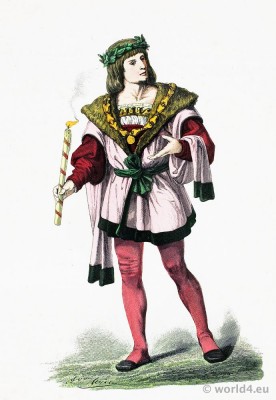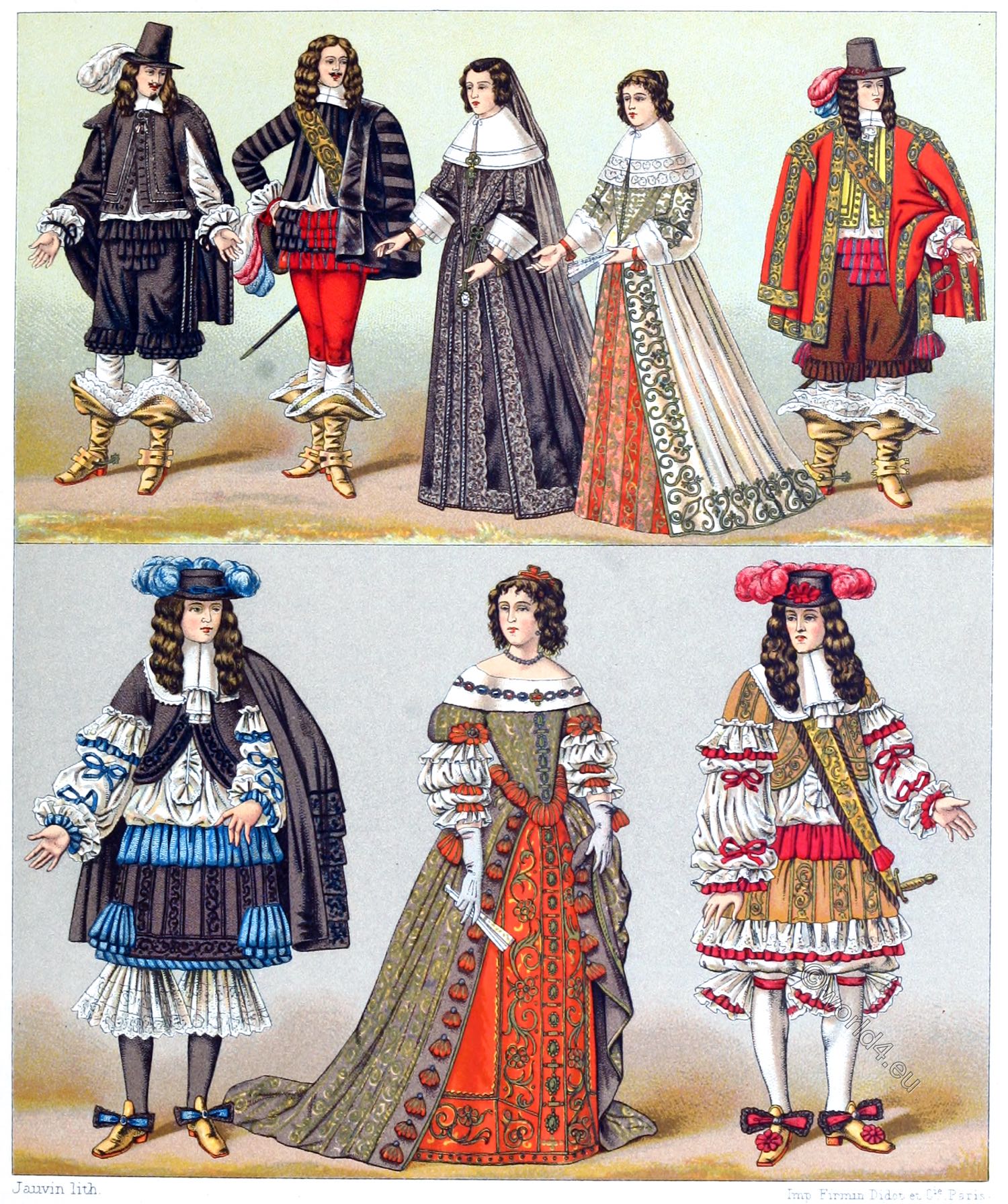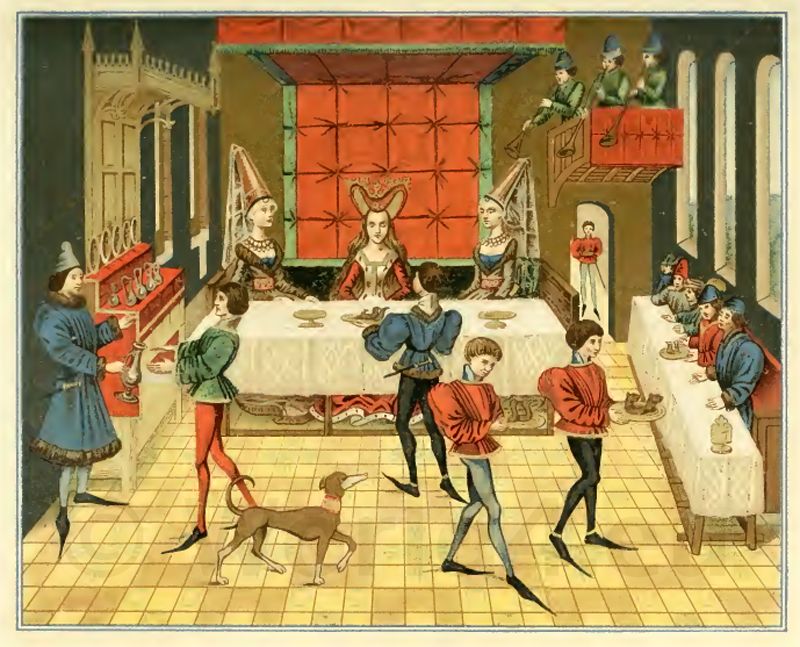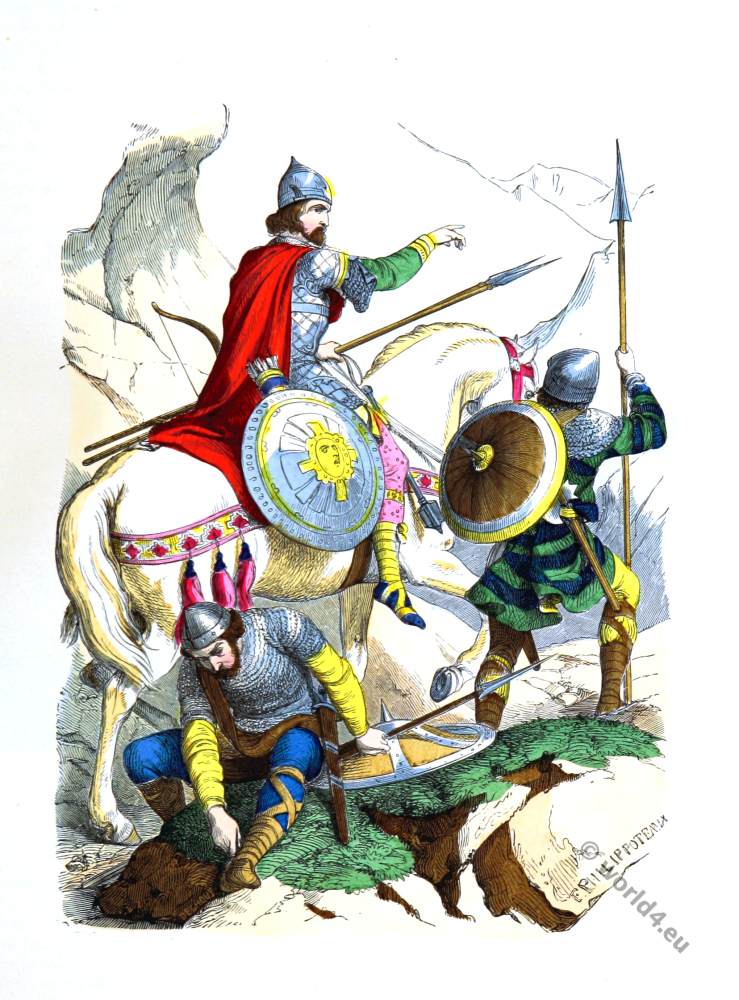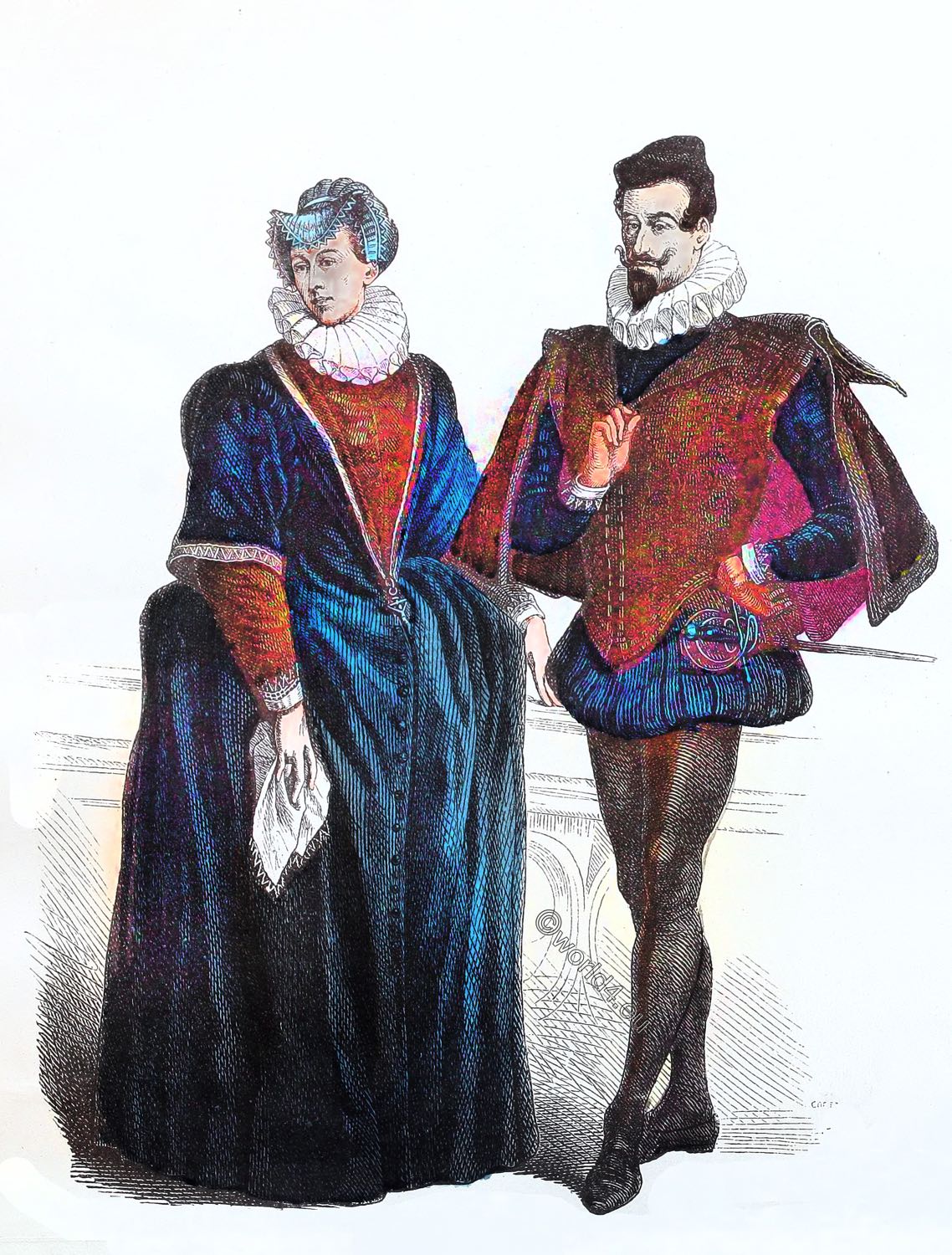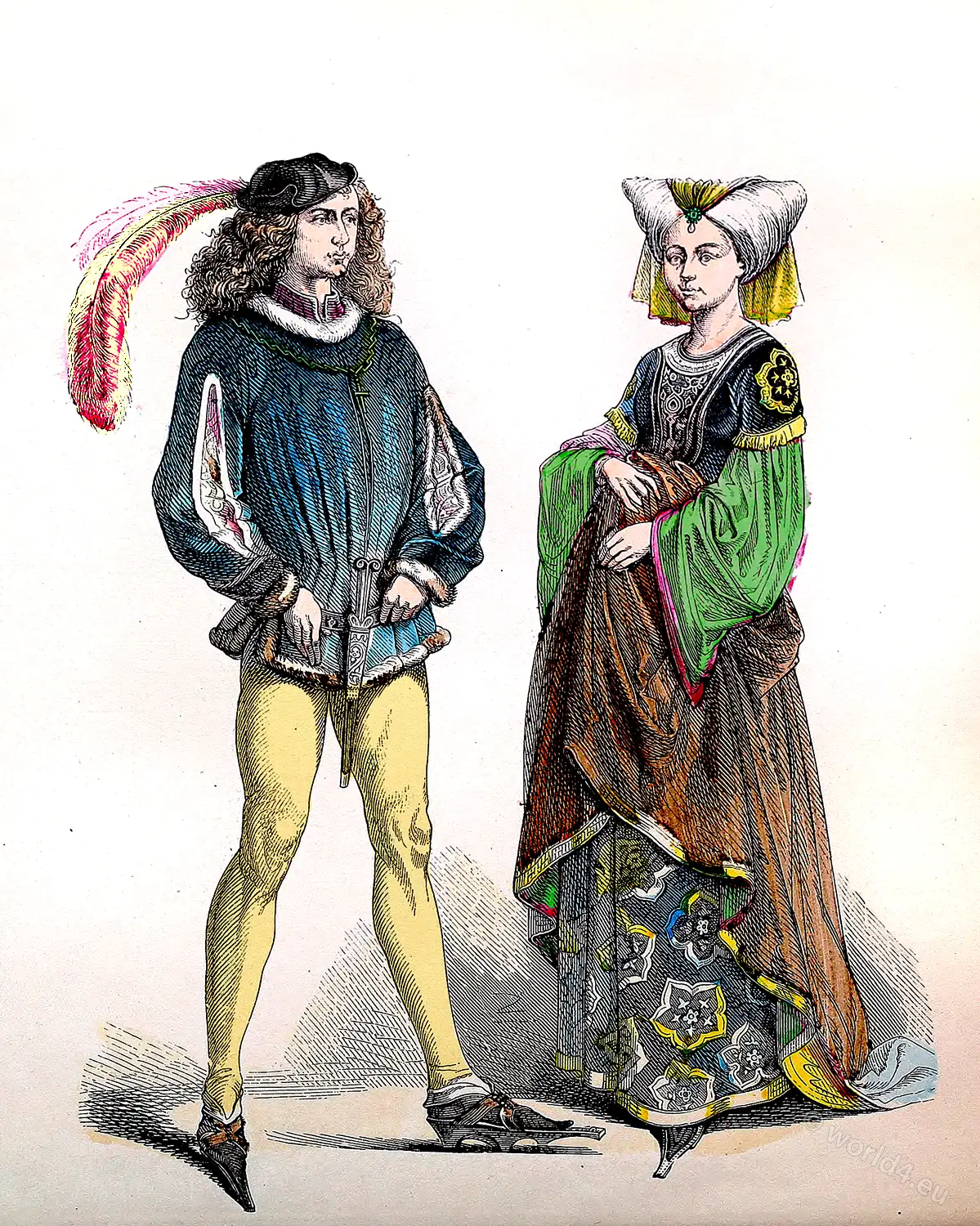The Rise and Influence of the Medieval Burgundy Aristocracy
Historical Background of Burgundy
Burgundy, a region located in east-central France, has a rich historical tapestry that traces its origins back to the Roman Empire. The area was initially inhabited by Celtic tribes before becoming a vital part of the Roman province of Gaul.
Following the decline of the Roman Empire in the 5th century, Burgundy emerged as a significant entity under the leadership of the Burgundians, a group of Germanic tribes. The establishment of a Burgundian Kingdom around 457 AD marked a pivotal moment in the region’s history, as it headed towards autonomy amidst the broader chaos of post-Roman Europe.

By the 9th century, Burgundy transitioned from a kingdom into a duchy, a development formalized under the reign of Duke Richard I, who played a crucial role in establishing the foundations of the Duchy of Burgundy. This shift was emblematic of a broader trend in medieval Europe, where the feudal system began to take root, reshaping the power dynamics in the region.
The feudal structure fostered the rise of local nobility, who gained land and influence through their loyalty to the duke, thus setting the stage for the emergence of a powerful aristocracy.
Significant events like the Treaty of Meerssen in 870 AD delineated territorial boundaries within East Francia, ensuring the Duchy of Burgundy maintained a degree of political autonomy. Key figures such as Duke Hugh IV, known for his diplomatic acumen, and his successors, cemented their foothold through alliances and strategic marriages, which further strengthened their positions.
The governance styles of these early leaders, characterized by shrewd diplomacy and strategic land management, significantly influenced the region’s aristocratic development. The decisions taken during this formative period laid the groundwork for the flourishing of the Burgundy aristocracy in the centuries to follow.
Social Structure and Class Hierarchy
The social structure of the medieval Burgundy aristocracy was characterized by a well-defined hierarchy that played a crucial role in shaping the region’s political and economic landscape. At the apex of this hierarchy were the nobles, who enjoyed significant privileges and wielded considerable power.
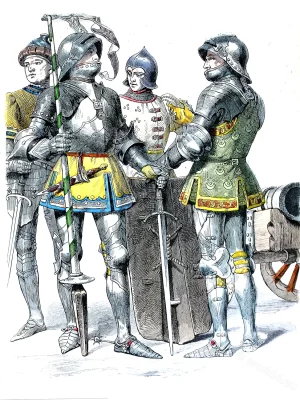
These noble families often traced their lineage back generations, which not only granted them status but also solidified their influence through strategic marriage alliances. Marriages were frequently arranged to consolidate power, merge landholdings, and establish connections with other influential families, further entrenching the social hierarchy.
Beneath the nobles lay the knights, who served both as military leaders and local lords. Knights were typically vassals of the nobility, sworn to protect their liege lords while managing the estates assigned to them. In return for their service, knights received land, known as fiefs, which they could develop or grant to peasants who worked the land.
This relationship showcased the interdependence within the social structure; knights relied on the support of the nobility, while the nobility depended on knights for military protection and loyalty.

The peasantry occupied the lower tier of the class hierarchy, often working the land owned by the nobility. Their lives were marked by toil, and while they lacked the rights and privileges of the aristocracy, they were essential to the economic framework of the Burgundian territory. Peasants typically paid rents or provided agricultural produce in exchange for the use of land, further entrenching their dependence on the higher classes. Tensions certainly existed between these classes, particularly regarding labor demands and rights, yet the hierarchical structure remained stable due to the established mutual dependencies. This complex social network, rooted in power, land ownership, and lineage, defined the essence of medieval Burgundian society.
Cultural Contributions of the Aristocracy
The medieval Burgundian aristocracy played a pivotal role in shaping the cultural landscape of their time, primarily through their significant investments in art, architecture, literature, and religion. Their immense wealth, derived from land ownership and political power, enabled them to become key patrons of various cultural institutions and artistic endeavors.
This period witnessed the remarkable emergence of Gothic architecture, characterized by its soaring structures, intricate stained glass windows, and ornate sculptures, which flourished due to aristocratic patronage.
Many of the grand cathedrals and splendid castles that adorn the Burgundian landscape today owe their existence to the commissioning efforts of the local nobility. These structures not only served as functional residences or places of worship but also expressed the power and prestige of the aristocracy.
Notable examples include the Dijon Cathedral and the Palace of the Dukes of Burgundy, which showcase the remarkable advancement of architectural techniques during this period. Additionally, the flourishing of manuscript production and the commissioning of artwork contributed to a rich visual culture that captured the social and political climate of the era.
The Burgundian nobility’s impact on literature and religion was equally profound. They sponsored many literary figures, leading to the creation of significant texts that shaped the intellectual discourse of the time.
Furthermore, the aristocracy actively supported religious institutions, ensuring that the church remained a dominant influence in society. Their contributions facilitated the construction of monasteries and the establishment of educational centers that became hubs of learning and spirituality. This advocacy for religious and cultural development not only fostered community ties but also helped cultivate a shared identity among the populace.
Ultimately, the cultural contributions of the medieval Burgundian aristocracy laid a foundation for both artistic evolution and socio-religious dynamics, securing their legacy as pivotal figures in the region’s historical narrative.
Decline of the Burgundian Aristocracy
The decline of the Burgundian aristocracy in the late medieval period can be attributed to a confluence of internal conflicts, strained relationships with the monarchy, and external pressures posed by the shifting geopolitical landscape of Europe.
Throughout the latter part of the 15th century, the power dynamics within the Burgundian court grew increasingly fraught, as rival factions emerged, leading to a series of devastating power struggles. These internal dissensions not only weakened the cohesion of the aristocracy but also hindered their ability to present a united front in the face of challenges.
The Burgundian Wars, a notable series of conflicts from the late 15th century, further exacerbated the instability of the region. These wars were marked by fierce competition for dominance among various noble houses, which pitted the Burgundian aristocracy against both domestic adversaries and powerful rivals such as the French monarchy.
The outcome of these conflicts revealed the vulnerability of the Burgundian noble class, as their military overreach drained resources and precipitated discontent among their subjects.
Additionally, the emergence of rising nation-states during this period created a hostile environment for the Burgundian aristocracy. The shifting alliances and territorial ambitions of neighboring powers underscored the fragility of Burgundian authority.
In 1477, the assassination of Charles the Bold marked a turning point; his death heralded the eventual annexation of Burgundy by France, significantly diminishing the influence of the Burgundian aristocracy. The loss of this once-thriving duchy signified not only the decline of individual noble houses but also the transformation of the European political landscape.
Ultimately, the legacy of the Burgundian aristocracy is one fraught with lessons about the implications of power struggles and the importance of adapting to a rapidly changing world. A once-dominant force, their decline encapsulates the precarious nature of nobility amidst internal and external challenges that shaped medieval Europe.
Source: “Sheets for costume design: historical and folk costumes. Published by Franz Lipperheide, 1876-1887.

Discover more from World4 Costume Culture History
Subscribe to get the latest posts sent to your email.

